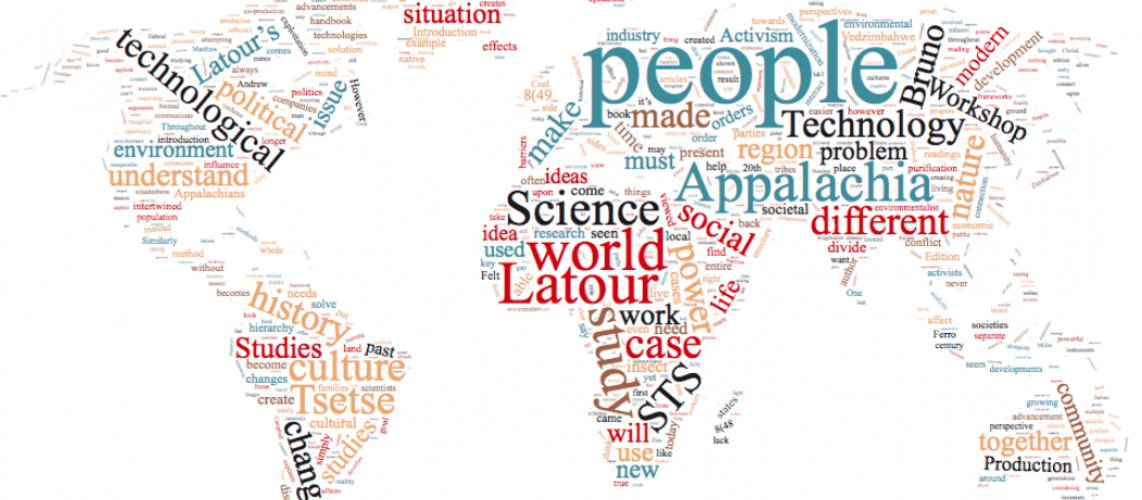By Emma Bailey, Joshua O’Grady, Andrew Panneton, Matt Stevens
*All authors contributed equally to this work.
Genetics and biometrics are major emerging technologies of the 21st century. As scientists continue to make more discoveries and technologies become more advanced, it is only natural that controversial issues arise. The main issues that have risen from these advancements are privacy and the dangers of categorizing a population based on race.
Privacy is a vital issue as the world becomes more connected and data collection becomes easier. Biometric data has become a more common form of personal identification in recent years. A fingerprint or a face can be used to unlock someone’s phone, and with that, can grant access to all their personal information. With all this data being collected, there are concerns about who will have access to it. “In 2002… investigators at the National Institute for Occupational Safety and Health were interested in cases where preemployment testing for susceptibility to chronic beryllium disease might be informative to employers” (Jackson 3). If employers can access a potential employee’s personal and genetic information, it would be easy for them to enact discriminatory hiring policies. In addition, documents leaked by Edward Snowden reveal that “the National Security Agency had been harvesting millions of faces from the web each day—emails, texts, social media, videoconferences, and more—as part of its elaborate facial recognition programs” (Ragas). Although this information is useful for national security concerns, the privacy of citizens is an equally important matter. Before biometric identification becomes an integral part of society, privacy concerns must be addressed.
Race is another increasingly controversial topic throughout recent years, since a social emphasis has been put on acceptance of all people. While there are many who wish to abandon racial categories, the advancement of genetics and biometrics have the potential to reinforce them. As argued by Ian Hacking, categorization comes as a direct result of the desire to quantify everything. The method of creating genetic and biometric knowledge, which is commonly known as the “scientific method”, is very quantitative. Additionally, public decisions are being made more often based on quantities than intuition, since people are more satisfied with mathematical reasoning and believe it to be more objective (Porter). Therefore, much of the research and public decisions made about advancements in genetics and biometrics might reinforce racial categorization due to its quantitative background. People have been classifying themselves based on race for decades, so race is an easy and familiar way to split up people, whether it is done based on quantitative or qualitative information. Furthermore, biomedical science has yet to reach a consensus on the removal of race as a legitimate category (Jackson). If race is still considered a category, especially in biomedical sciences, then further advancement in genetics and biometrics will fortify its existence. It is acceptable to view racial differences as genetic variances, given that people of different “races” possess different phenotypes, but this is only true in limited situations. For example, in terms of personalizing medicine, because it is helpful to specifically target certain allele frequencies to heal viruses. The issues arise when racial categorization is used to generalize, stereotype, and overall discriminate against people because they are perceived as “different” or because they have a certain genetic makeup. Reinforcing race as a legitimate category will allow these issues to continue. Using race to categorize humans is a topic that must be discussed as genetics and biometrics only become more popular in the 21st century.
Privacy and race are very important topics related to the emerging technologies in genetics and biometrics. Both are useful technologies to individual consumers and security interests, but there needs to be a balance in providing information for security purposes and keeping people’s identity and information safe. Biometric technology would also benefit from being standardized in a way that accepts all users equally with no bias. With continuous technological progress, it is necessary to consider the potential impacts of using these new technologies before introducing them to society.
Works Cited
Ian Hacking. 1982. “Biopower and the Avalanche of Printed Numbers.” Humanities in Society 5.
Myles W. Jackson. 2015. The Genealogy of a Gene: Patents, HIV/AIDS, and Race. [Chapter 8: Race, Difference, and Genes.]
Theodore M. Porter. 1995. Trust in Numbers. The Pursuit of Objectivity in Science and Public Life [Introduction: Cultures of Objectivity + Chapter One: A World of Artifice]
José Ragas. 2018. “What’s in a Face ID? For centuries, facial recognition tech promised accuracy and objectivity. For centuries, it did something else.” Slate.
